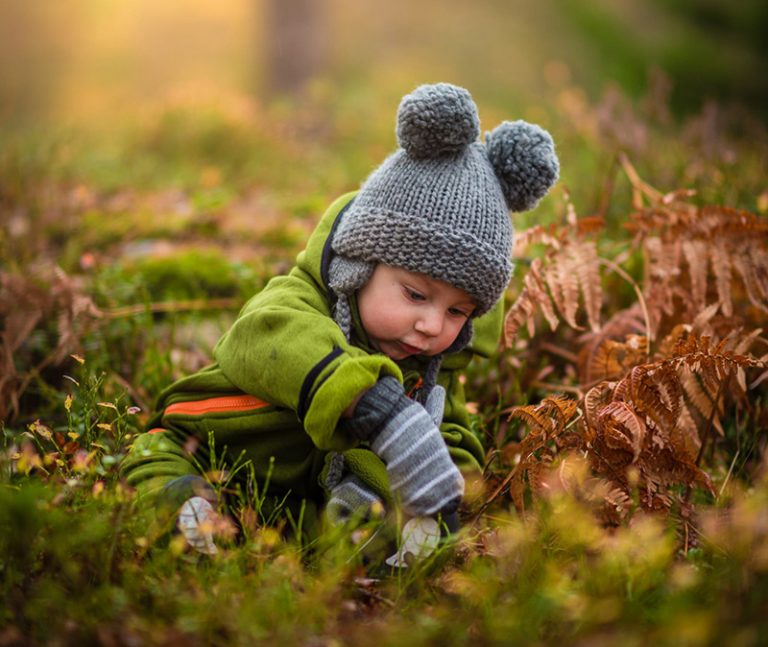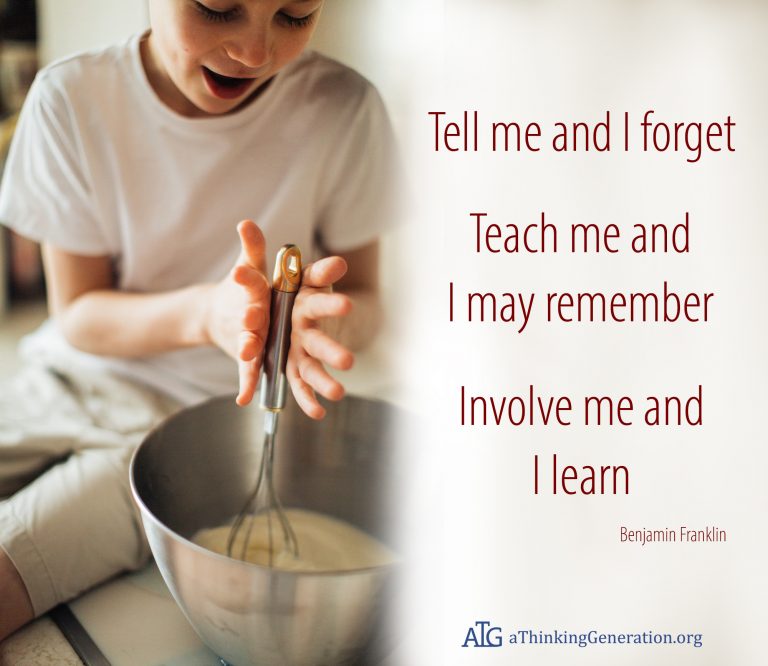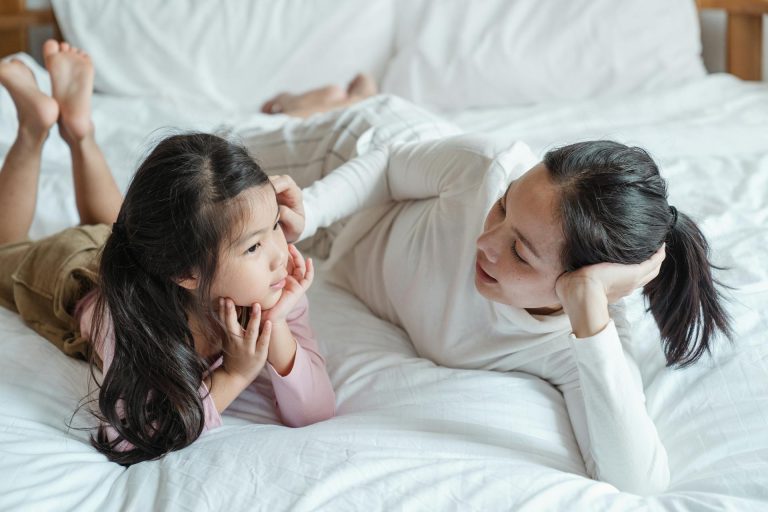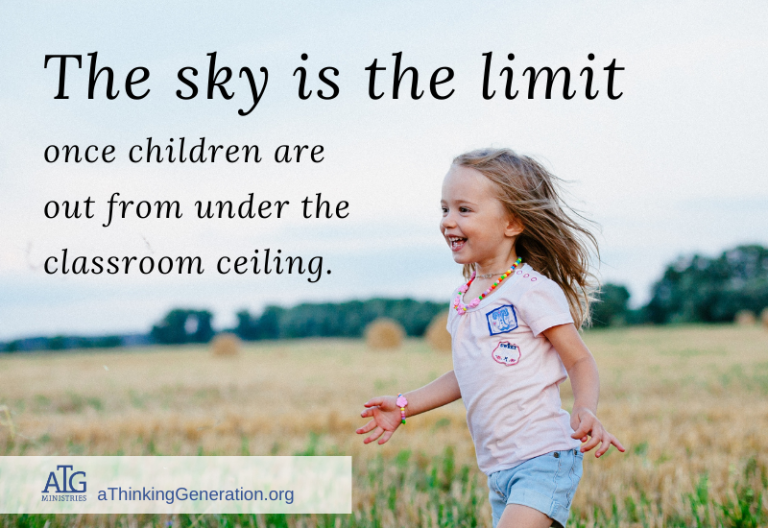Benefits of Physical Activity
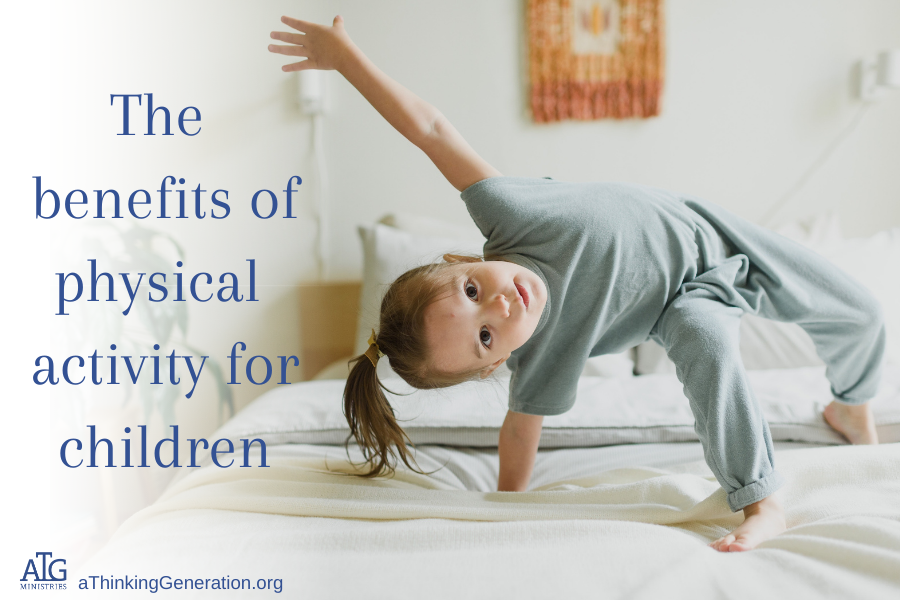
With summer over, a new school year started, and winter on the doorstep of those of us in the northern hemisphere, we often find ourselves getting less outdoor activity. But let’s not forget the importance of physical activity, especially outdoor activity, for our health, happiness, and even academic success!
Vital for Brain Development
Scientific research tells us that, especially for the young child, physical activity is actually more important than time spent studying for academic success. It is a vital key to proper development, yet so simple that it is often overlooked.
Cerebellum
Physical activity, especially that found in useful outdoor work, is critical to the development of the cerebellum, an area of the brain critical for learning.
The cerebellum is a large and important area behind the brain stem. It is linked to and interacts with higher, frontal levels in the brain for cognitive skills such a language, social interaction, music, the ability to perform repetitive activities automatically (like handwriting), and attention. Movement is absolutely necessary for the cerebellum to develop properly. Rocking, crawling, spinning, or hanging upside down, jumping, and other such movements children seem to enjoy so much actually helps develop the cerebellum.
Hippocampus
Another area of the brain, the hippocampus, helps with memory, spatial navigation, behavior, and emotion. A study published by the Society for Research in Child Development found that, “Higher fit children have larger brain volumes in the basal ganglia and hippocampus, which relate to superior performance on tasks of cognitive control and memory.”1
Corpus callosum
The corpus callosum is a part of the brain that connects the brain hemispheres and aids in cognition, motor skills, sensory information, and much more. A study published in Frontiers in Neuroscience, Dec. 19, 2018, found increased development of the corpus collosum in children who participated in a physical activity program.2 What’s more, they found focused development in the genu of the corpus callosum, which is the region of the corpus callosum that connects with the frontal lobe – the decision-making (especially moral decision-making) part of the brain. That’s right, physical activity actually helps strengthen the moral decision-making parts of the brain!
When we exercise, our working muscles send chemicals into our bloodstream, including a protein known as IGF-1, which stimulates the production of a brain chemical called brain-derived neurotropic factor, or BDNF. This chemical has been dubbed “miracle grow for the brain”! BDNF improves the function of neurons, encourages new neurons to grow, and protects them from stress and cell death. And when it comes to the development of the child’s brain, BDNF is essential. An article published in the Proceedings of the National Academy of Sciences found that BDNF is required for a core process of brain development called myelination.3
And this is but a small sampling of the scientific research. Many other studies and research reviews have found significant improvement in thinking and problem-solving abilities in children who engaged in physical activity. Physical activity has been found to improve overall mental health and quality of life, enhance brain function and cognition, improve behavior, improve concentration, increase blood and oxygen flow to the brain, reduce stress, improve mood, and increase growth factors that help to create new nerve cells and support synaptic plasticity.4
“Small children should be left as free as lambs to run out-of-doors, to be free and happy, and should be allowed the most favorable opportunities to lay the foundation for sound constitutions.” – Christian Education, 8
So, if you’re wanting to boost learning outcomes and help your little ones enjoy a happy childhood, schedule in some more physical activity!
How much physical activity per day?
Good question. It depends on age. A good rule of thumb, based on the research, is every day to have one part activity or practical work and one part study, screen use, or other sedentary work. Put simply, about half of each day should be spent doing something active.
For young children, however, even more time should be spent in physical activity. Proper development hinges on sufficient movement, so the majority of the day should be spent in doing something active.
What kind of physical activity?
Outdoor activity is best! The fresh air, sunshine, and many other parts of the great outdoors add significantly to the benefits of physical activity. Whenever possible, spend time outdoors. Walk in the woods, look at the trees, watch the birds, go for a bike ride, or just lie down on the grass and admire the blue sky and the white clouds floating by. Teach your children to appreciate nature and to be quiet, observe, and listen to the voice which speaks through God’s creation.
“But it’s wintertime!” Yes, I know. I live in Michigan. Green grass is a rare sight indeed. There is much beauty to be found during the colder months, however. With the many duties of the busy summer behind, more time can be spent in walking and spending time in nature, which has many treasures to reveal to those willing to brave the cold. Children never seem to tire of sledding, building snow forts, snowmen, snowballs, and snow angels. The adults and youth can perhaps take up more vigorous activities such as cross-country skiing or snowshoeing. There’s no such thing as bad weather – just bad clothing 🙂
The greatest benefit from physical activity will be found in doing something useful. Let’s be clear, “activity” does not necessarily mean “exercise”. Most of us don’t have the physical stamina to spend half a day running or cycling, let alone have the time. Thankfully that’s not necessary. While good aerobic exercise is healthy, not all the time in physical activity need be spent in vigorous exercise.
The daily duties of the home can count toward this half-day physical activity schedule. Gardening is a great way to get physical activity and engage in the useful work of growing healthy food for your family. All those outdoor chores – raking leaves, splitting firewood, pruning fruit trees, and shoveling snow – all count toward that quota of physical activity. Even the regular chores of cooking, cleaning, washing dishes, or doing the laundry, while rather mundane for adults, can be an excellent source of activity for children.
Most importantly, be together. Don’t send the kids out to get physical activity on their own. Engage in all these activities with your children. A young child can carry small pieces of firewood while you take a big load. They can rake leaves, even if they don’t accomplish much by adult standards. They will thrive in the garden with its constant round of planting, weeding, watering, and harvesting. The amount of work they accomplish is not the point. Engaging in physical activity with you by their side is what matters. Take those walks together, talk together, and seek to bind their hearts to yours and guide their feet into right paths.
“The true teacher can impart to his pupils few gifts so valuable as the gift of his own companionship.” Education, 212
For more on this topic, and much more helpful information for following God’s plan of education with your children, you’ll want to get our new DVD series, Educating A Thinking Generation, available in DVD or USB format.
References:
- “The importance of physical activity and aerobic fitness for cognitive control and memory in children”, Abstract. The Society for Research in Child Development, Inc
- “Physical Activity Increases White Matter Microstructure in Children.” Frontiers in Neuroscience, December 19, 2018
- Chan, PNAS December 4, 2001 vol. 98 no. 25 14661-14668
- “Physical Activity and Performance at School” Journal of the American Medical Association of Pediatrics, Jan. 2012



